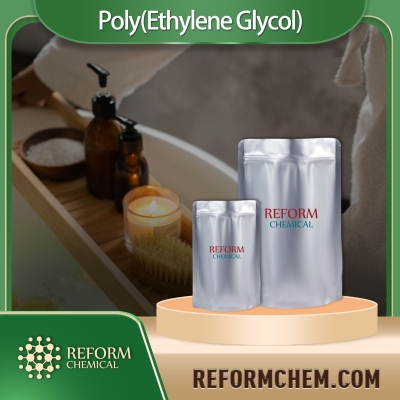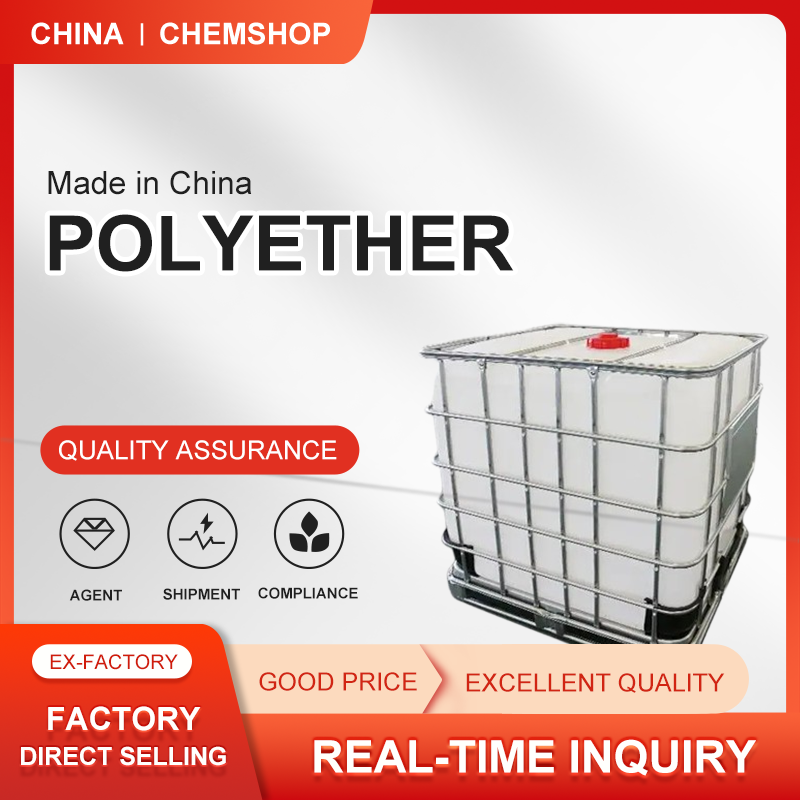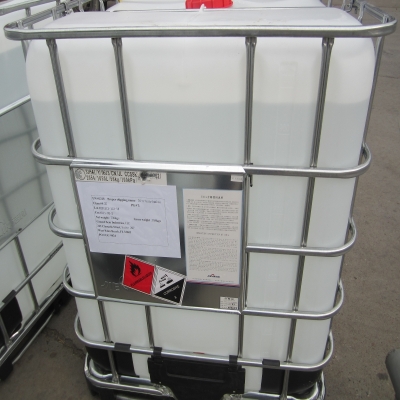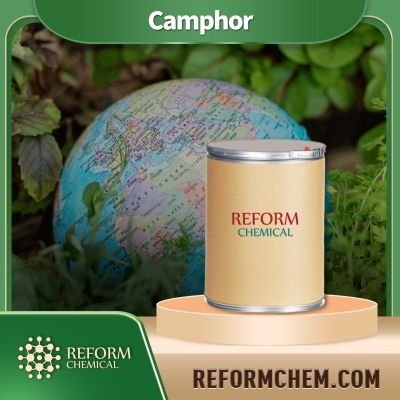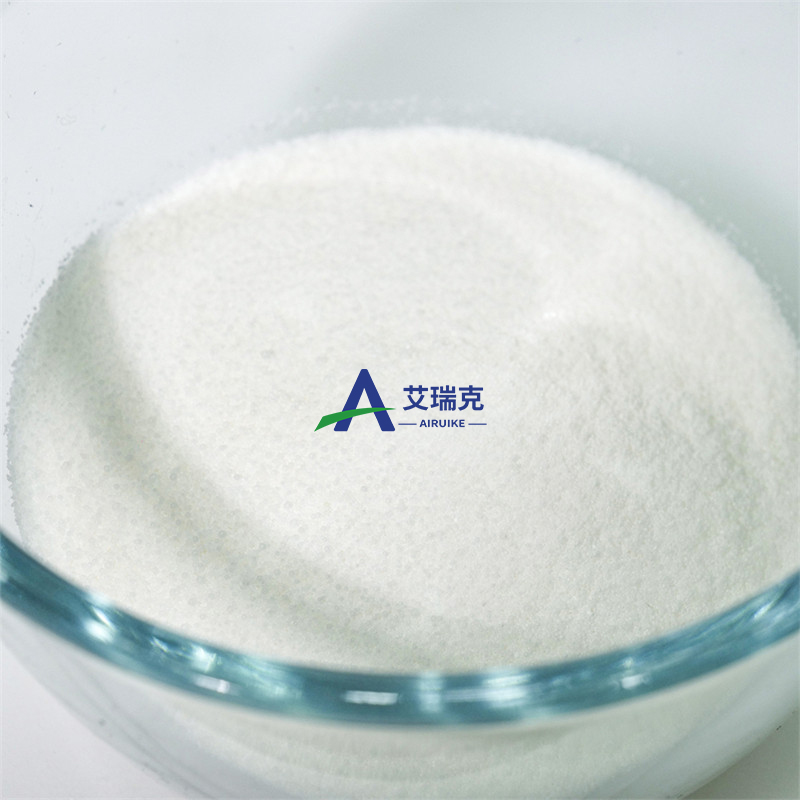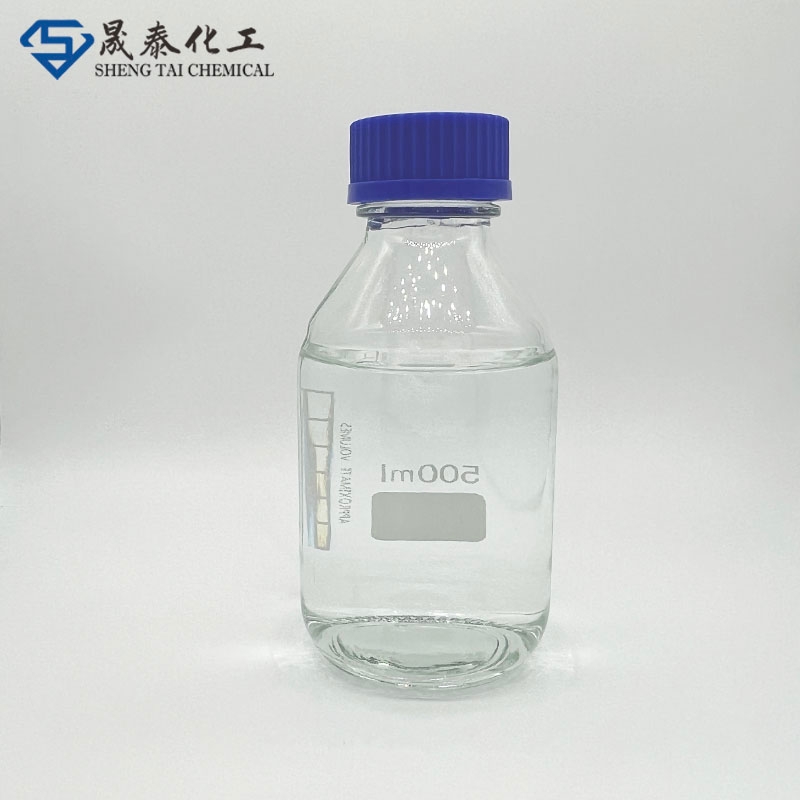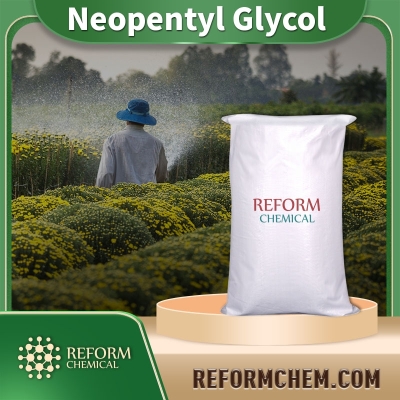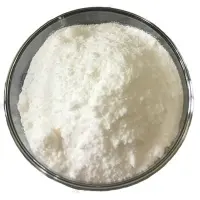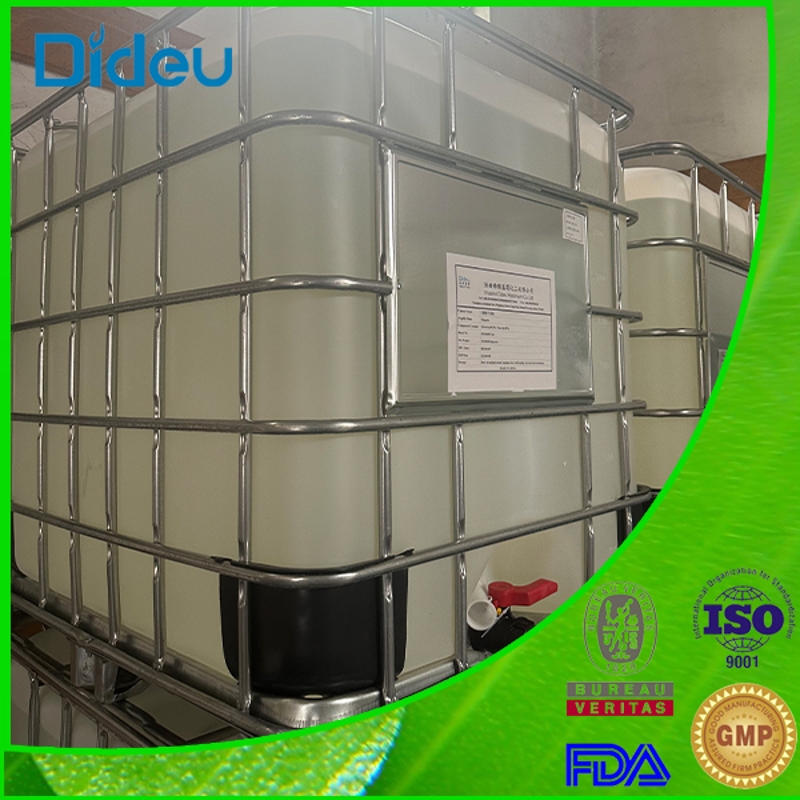Cosmetic Ingredient
- • Abrasive (124)
- • Absorbent (84)
- • Anticaking (66)
- • Anticorrosive (25)
- • Antifoaming (19)
- • Antimicrobials (290)
- • Antioxidant Ingredient (393)
- • Antiperspirant (20)
- • Antiplaque (48)
- • Anti-seborrheic (38)
- • Anti-sebum (39)
- • Antistatic (458)
- • Astringent (162)
- • Binding Agent (172)
- • Bleaching Agent (53)
- • Buffering (191)
- • Bulking (109)
- • Chelating (122)
- • Cleansing (679)
- • Cosmetic Colorant (212)
- • Cosmetic Preservative (158)
- • Denaturant (45)
- • Deodorant (98)
- • Depilatory (27)
- • Dissolving Agent (298)
- • Emollient (795)
- • Emulsifying Agent (480)
- • Emulsion Stabilising (154)
- • Exfoliating (19)
- • Film Forming (299)
- • Flavouring (72)
- • Foam Boosting (161)
- • Foaming (101)
- • Fragrance Ingredient (726)
- • Gel Forming (19)
- • Hair Conditioning (670)
- • Hair Dyeing (363)
- • Hair Fixing (36)
- • Hair Waving or Straightening (45)
- • Humectant (282)
- • Hydrotrope (92)
- • Keratolytic (20)
- • Light Stabilizer (80)
- • Moisturising Agent (50)
- • Nail Conditioning (42)
- • Occlusive (20)
- • Opacifying (119)
- • Oral Care (123)
- • Oxidising (19)
- • Perfuming (2105)
- • Plasticiser (98)
- • Propellant (19)
- • Reducing (50)
- • Refatting (12)
- • Refreshing (26)
- • Skin Cleansing (388)
- • Skin Conditioning (1751)
- • Skin Humectant (21)
- • Skin Protecting (282)
- • Smoothing (31)
- • Soothing (71)
- • Tonics (155)
- • UV Filter (34)
- • Viscosity Controlling (532)
Chemicals as Skincare Ingredients
Related News
Plasticiser
Polyethylene glycol
(25322-68-3)2. Poly(ethylene Glycol) molecules of approximately 2000 monomers. Poly(ethylene Glycol) is used in various applications from industrial chemistry to biological chemistry. Recent research has shown PEG maintains the ability to aid the spinal cord injury recovery process, helping the nerve impulse conduction process in animals. In rats, it has be
-
Industrial Grade / 99%
$1.3-1.6/KG FOB
-
Cosmetics Raw Material Beauty / 70%
-
-
Pharmacy Grade / 99%
Dioctyl phthalate
(117-81-7)-
Industrial Grade / 99%
-
Industrial Grade / 99%
-
Industrial Grade / 99.5%
-
- / 0.00%
Dibutyl phthalate
(84-74-2)2. Plasticizer
-
Industrial Grade / 99%
-
Industrial Grade / 99%
-
-
- / 99.00%
(±)-Camphor
(76-22-2)-
Industrial Grade / 99%
$1-1.3/KG FOB
-
Industrial Grade / 99%
-
-
- / 99.00%
Request for quotation , get quotes from more suppliers.
(+)-Camphor
(464-49-3)-
- / 0.00%
-
Flavors and Fragrances Grade / 96%
-
- / 99.00%
-
Top Product / 0%
Request for quotation , get quotes from more suppliers.
Source Plasticiser Products Supply
Decane
(124-18-5)-
Industrial Grade / 99%
$5-6.5/KG FOB
-
- / 99%
-
Pharmacy Grade / 99%
-
Industrial Grade / 99%
$1600-1800/MT FOB
Request for quotation , get quotes from more suppliers.
Neopentyl glycol
(126-30-7)-
Industrial Grade / 99%
$1.7-2.1/KG FOB
-
Industrial Grade / 99%
-
- / 0.00%
-
Ethyl acrylate
(140-88-5)-
Industrial Grade / 99%
-
Chemical Grade / 99%
$1/KG FOB
-
-
Triacetin
(102-76-1)-
industrial Grade / 98%
-
Food Grade / 99.5%
$5-6.5/KG FOB
-
Food Grade / 99%
$1/KG FOB
-
Industrial Grade,Reagent Grade / -
Triphenyl phosphate
(115-86-6)-
Industrial Grade / 99%
-
Industrial Grade / 99%
-
-
- / 0.00%
Request for quotation , get quotes from more suppliers.
More Information
Plasticizers function by increasing the flexibility and workability of various materials. They work by integrating between the molecules of a substance, allowing them to move more freely and creating a softer, more pliable texture.
Lotions, creams, and sunscreens containing plasticizers spread smoothly and evenly on the skin. Hair styling products like gels and mousses incorporate plasticizers for better control and definition, without leaving a greasy residue.
Types of plasticizers:
● Phthalate esters: including dibutyl phthalate (DBP), di(2-ethylhexyl) phthalate (DEHP), diisononyl phthalate (DINP), etc.
● Fatty acid esters: including glyceryl stearate, glyceryl palmitate, etc.
● Phosphate esters: including triphenyl phosphate, trimethyl phosphate, etc.
● Polyols: including polyethylene glycol, polypropylene glycol, etc.








